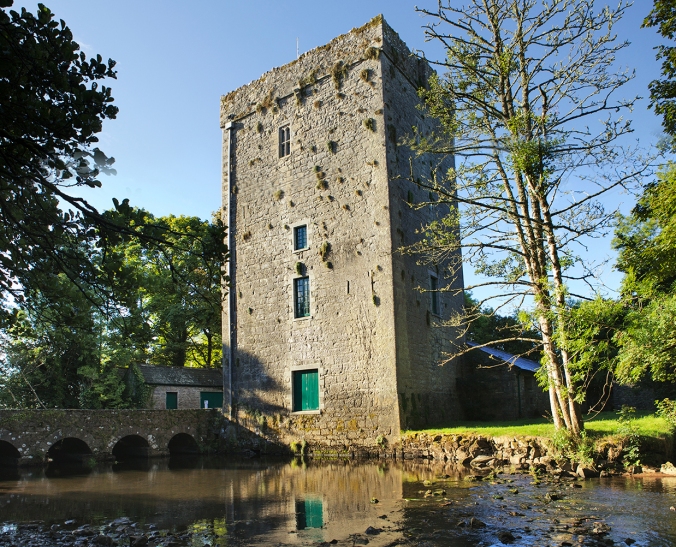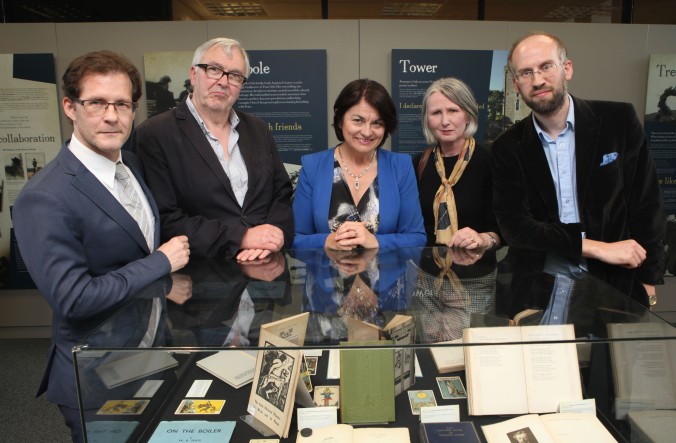‘Yeats’s soul is in Thoor Ballylee’ suggests scholar

The cemetary in Roquebrune, France, where Yeats was buried after his death in 1939
Recent documents released to the Irish Times appear to indicate that the bones buried under a limestone headstone in Drumcliff churchyard, Sligo, are not those of W.B.Yeats. Or at least, not only his – with the war intervening after he was buried in Roquebrune churchyard early in 1939, the exhumation of what was by then a crowded and muddled cemetery in 1948 seems to have been of a reconstituted skeleton from several remains. New information also suggests this might have been done with the knowledge of his family.

Yeats’s grave at Drumcliff, Sligo
Yeats himself had asked that “in a year’s time when the newspapers have forgotten me, dig me up and plant me in Sligo”. But the revelations appear to confirm a long-held suspicion by scholars and some of the poet’s friends, such as Louis MacNeice, that it was not as easy as this, and the grand repatriation and state burial of 1948 might have been of the wrong body. It should be said that the family point to comments made in 1988 denying all such reports.

Corcomroe Abbey, Co. Clare, the setting for Yeats’s play The Dreaming of the Bones (1919)
With the poet’s late verse believing ‘I must lie down where all the ladders start/ In the foul rag-and-bone shop of the heart’ all this might seem strangely fitting. Seeking the spirit of a man who professed to believe in reincarnation will always be difficult. His interest in the preservation and restoration of old buildings (as evidenced by Thoor Ballylee) means his shade rather balefully even haunts our ghost estates. Yeats wove a phantasmagoria about places, stories, and people that make them almost seem immortal. Of course, no single place, whether in Sligo, Galway, Dublin, London, or anywhere in the world can lay claim to all of Yeats’s inheritance. All the same, “I feel Yeats’s soul is in Thoor Ballylee,” says the US lawyer, Yeats scholar and benefactor Joseph Hassett, referring to the poet’s former home in Co Galway. “It’s less important where the body is.” Thoor Ballylee is certainly written about more than any other place in Yeats’s poems and at least two books of his poetry are grounded there.

Thoor Ballylee, Galway, in Yeats’s ownership from 1917 until his death
Perhaps this is a reminder that, beyond reading his poems, a wonderful introduction to his essence is to visit those places important to him: which include Drumcliff, Coole Park, Merrion Square and Riverside in Dublin, Woburn Place and Bedford Park in London, Roquebrune, Ravenna, and Rapallo on the Mediterranean, places like Istanbul (Byzantium) and Tokyo (Edo) where he never set foot, as well as, pre-eminently, Thoor Ballylee, Co. Galway. In none of these places will we find his bones, but he is alive in them all. The tower is open daily all summer until September. For more information about how you can help keep it open, click here.

Mosaic from Ravenna, one of many that inspired W.B. Yeats
















